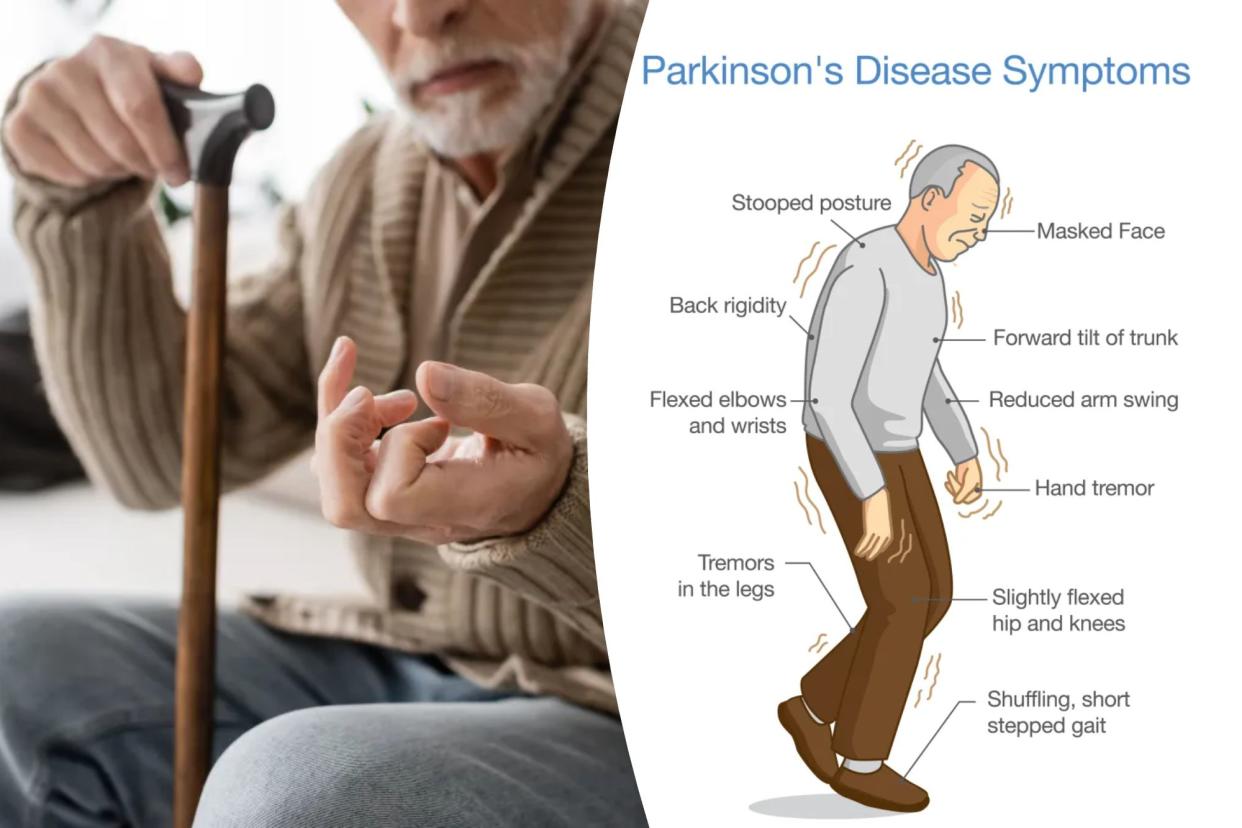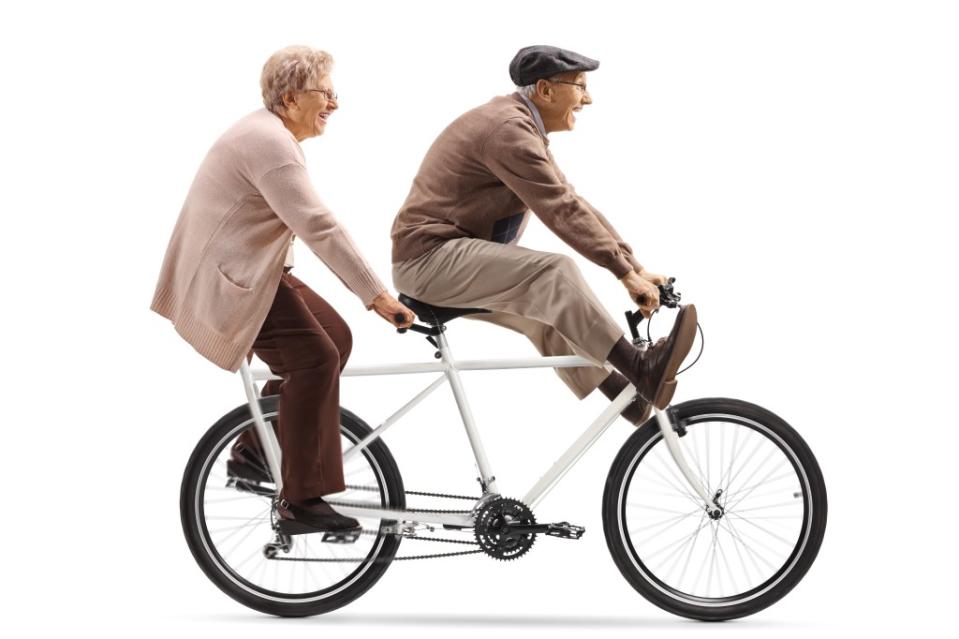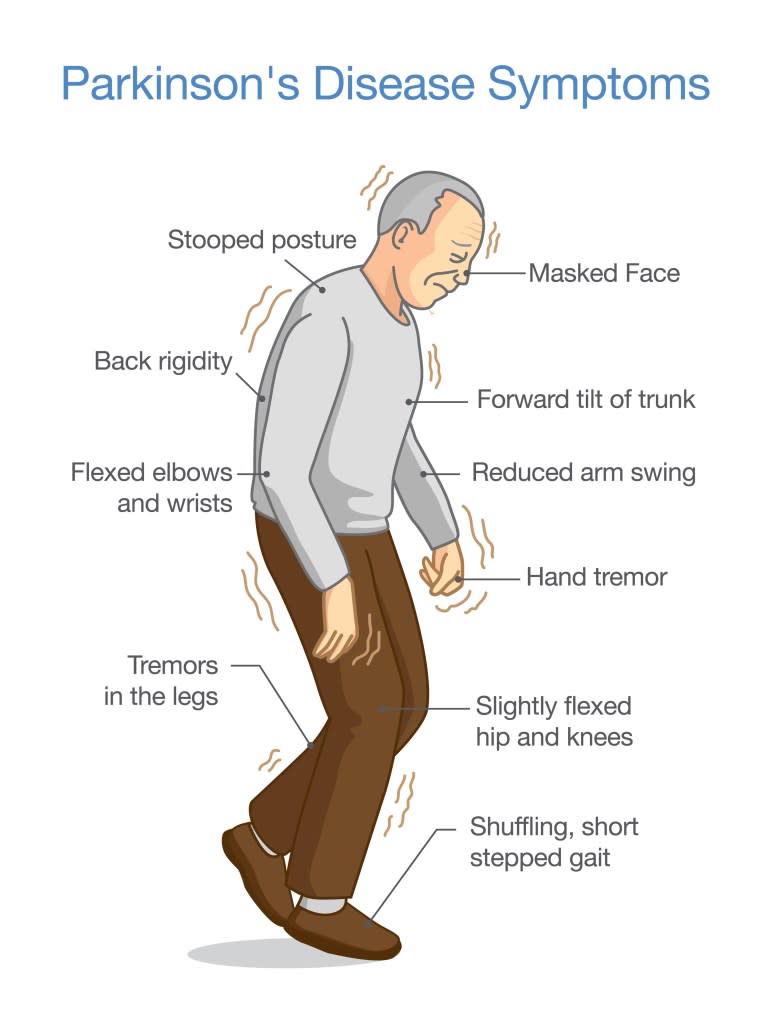Simple fitness routine may help Parkinson’s disease patients — and their caretakers

This fitness routine is geared toward people with Parkinson’s disease — and their caretakers.
Those who suffer from the degenerative brain disorder and those who help them may benefit from pedaling on a stationary bicycle for two, a new, small study has found.
“Our study found that a unique cycling program that pairs people with Parkinson’s disease with their care partners can improve the physical, emotional and mental well-being of both cyclists to improve their quality of life,” Jennifer Trilk, of the University of South Carolina School of Medicine in Greenville, said in a statement.
Nine Parkinson’s patients and their care partners cycled on indoor tandem bicycles while using a virtual reality platform — which showed them beautiful outdoor scenes — two times a week for eight weeks.
Both sets of volunteers completed tests before and after completing the program.
Those with Parkinson’s disease were quizzed about how often they experience difficulties on a daily basis, such as with relationships and communication and in social situations.

Physical tests gauged the severity and progression of their disease, including how fast they walk.
The results showed that the Parkinson’s sufferers improved their overall quality of life, mobility, motor skills, and walking speed — with an increase of 0.27 meters per second.
The participants were also asked to rate how much they agreed with a series of six statements on a scale from one to five, including “I tend to bounce back quickly after hard times” and “I usually come through difficult times with little trouble.”
The Parkinson’s patients did not show gains in resiliency, researchers noted, but the caretakers did. The care partners also posted better depression scores after the cycling program.
“It is just as important that care partners also receive care, so that is why we included them as the cycling partner,” Trilk said. “The goal of our small study was to determine if tandem cycling was beneficial. The next step will be to confirm the results with subsequent studies that would include more participants.”
The study, which was released last week, will be presented next month at the American Academy of Neurology’s 76th Annual Meeting.

Parkinson’s disease — which affects nearly 1 million Americans — impacts how people control their bodies. The condition is often characterized by slow movement, tremors, stiffness, and difficulty walking.
Celebrities such as Ozzy Osbourne, Michael J. Fox, and Neil Diamond have shared their Parkinson’s journeys.
Comedian Richard Lewis, who publicly revealed last year that he had been diagnosed with the disease, died last week at the age of 76.